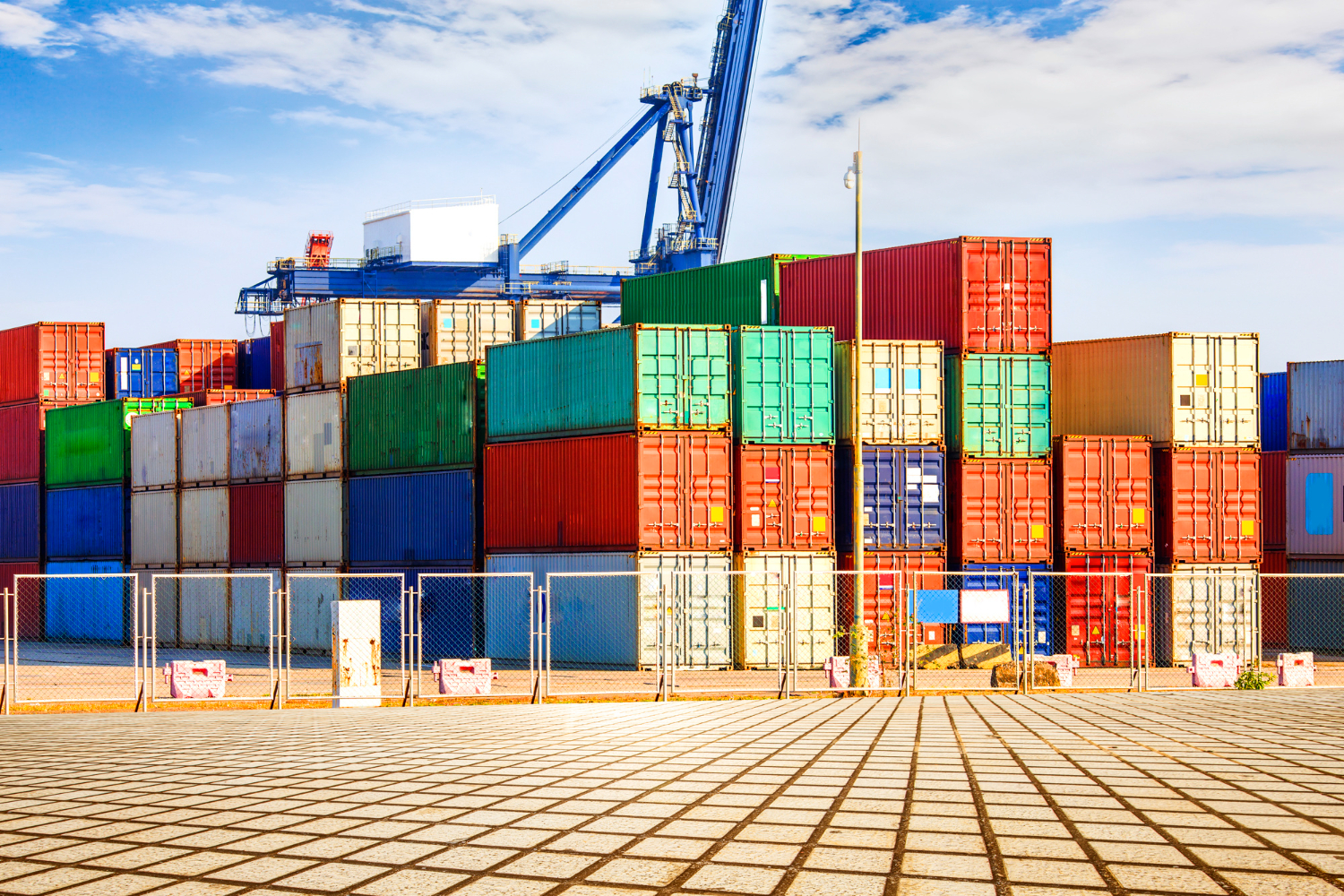You’d be forgiven for thinking there’s not much more to a shipping container than steel walls and the ability to cross oceans with ease. Yet the humble shipping container is much more than it first appears.
Aside from their often-overlooked versatility, the introduction of shipping containers is credited with shaping global trade as we know it today.
A vital part of the shipping industry, the history of shipping would look very different if they have never been developed.
At Shipping Containers Melbourne, we’re proud industry leaders and advocates for shipping containers and their endless potential.
From transporting goods to becoming impressive art installations, the evolution of containers will no doubt surprise you.
The Birth of the Shipping Container
During World War II, the United States Army began experimenting with container transport, however, it was not until 1956 that shipping containers as we know them were widely adopted.
Invented and patented by trucking business magnate Malcolm McLean, the shipping container was conceived as a solution to the highly inefficient break-bulk shipping method. This method involved the use of wooden crates, sacks and barrels to transport goods.
Seeking a way to speed up the loading and unloading of trucks and shipping vessels, McLean and his engineer got to work. The solution came from determining the required equivalent units of space needed by break-bulk cargo and then crafting steel containers to accommodate it.
Quickly adopted as a leading alternative, standard measurements were agreed upon and intermodal containers soon began crossing oceans and arriving in port cities all over the world.
Leaving a legacy that changed the face of 20th-century trade and the future of shipping, Mclean is now often credited as ‘Man of the Century’ for his invention.
His shipping company, Sealand Service, launched alongside his containers, continues to successfully operate today under the Maersk cooperation.
The Transformation of Global Trade
So how did a deceivingly simple steel box bring about such great change? This occurred through a few different mechanisms.
Standardisation
Firstly, the standardisation of container sizes meant a quicker exchange of goods no matter which port your ship arrived in.
You didn’t need to unpack and repack your own containers, you simply traded for ones already loaded with goods.
Cleverly able to be stacked and interlocked, containerisation streamlined the entire process from start to finish.
Efficiency
The driving force behind their invention, containers made loading and unloading a ship exceedingly efficient. This was achieved not only through standardised sizing.
Where it previously could take weeks to unload goods packed using the break bulk method, containerisation reduced this to a matter of days. Containers could also be directly loaded onto trucks for more rapid delivery of goods to their final destination.
Such fast turn-around times allowed shipping companies to expand their operations and more effectively meet global demand for goods. It also led to greater revenue and profits.
Reduced Costs
While the cost of stocking up on containers initially represented an investment for shipping companies, this was greatly offset by the reduced need for paid labour.
Unlike break-bulk shipping which saw ports full of dockworkers running back and forth to unload items piece by piece, cranes were now used to load and unload goods. Meaning fewer employees and fewer wages to pay.
Economic Growth
Containerisation enabled rapid economic growth not only in established first-world nations but also in the third world.
With more oil tankers crossing oceans than ever before, sailors from underprivileged nations began to crew ships. While this was a dangerous and demanding job, it also paid exceptionally well compared to local positions.
This drew more money into these nation’s economies and transformed the opportunities of the families involved for continued economic advancement.
Shipping Containers Beyond Transport
While it is indisputable that the efficient trade and transport of goods globally would be impossible without containers, they do have other valuable uses.
Shipping containers are surprisingly versatile. With a little imagination, skill and determination they can be transformed into:
- Housing
- Pools
- Accommodation
- Cafes
- Pop-up shops
- Emergency shelters
- Backyard studios
- Site offices and more.
Not only an alternative material in architectural design and construction, shipping containers can even be used as an artistic medium.
Providing a large-scale, multi-dimensional canvas, shipping container art is growing in popularity all over the world. There have even been artistic architectural competitions held involving multiple installations by highly skilled artists.
Rethinking how we use containers not only diversifies their role beyond shipping but also supports better sustainability and eco-friendliness.
Shipping Containers Today
While the standard sizing of containers has continued to be adhered to, they have evolved in other ways to accommodate the changing needs of the industry.
All kinds of freight, including perishable produce and dry goods, dangerous goods, cars, pharmaceuticals and more can now be safely shipped around the world.
This was made possible through the introduction of new varieties of containers such as refrigerated containers, open-top containers, insulated containers and flat-rack containers among others.
Modern containers are also more secure than those first used in 1956. With a variety of security measures in place including complex locking mechanisms and in some cases, wireless CCTV systems.
Shipping Containers Melbourne Experts In All Things Containers
At Shipping Containers Melbourne, we’re proud to be part of the shipping industry and the continued evolution of containers.
With decades of experience, we can help you find the ideal container for your needs. Whether for secure storage, modification into a pop-up shop or transformation into a showstopping art piece, we can help.
Call our team today at 03 7018 7555 to get started.

